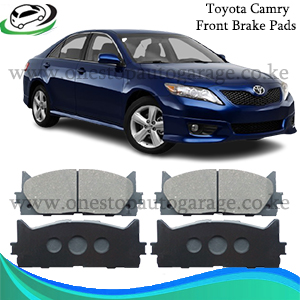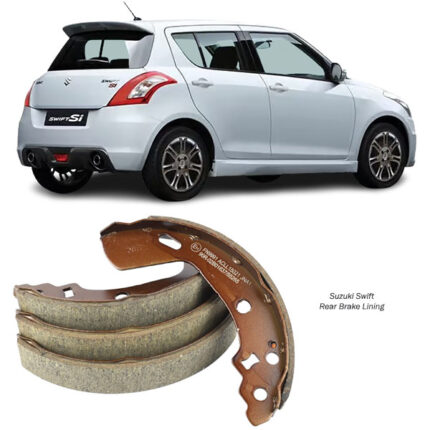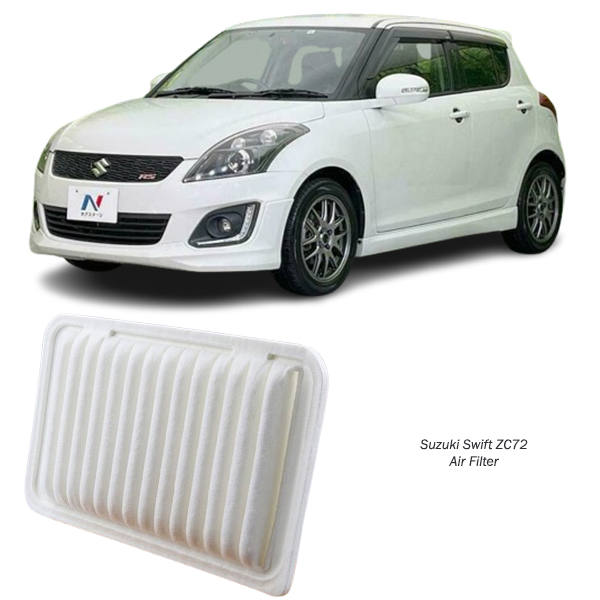-20%
Get Suzuki Swift ZC72 Air Filter Element Sub Assy 13780-71L00 in Kenya
The Air Filter Element Sub Assembly is a crucial component in any internal combustion engine, ensuring that only clean, filtered air enters the engine’s intake system. By preventing contaminants such as dust, dirt, and debris from entering the engine, the air filter element protects sensitive engine components, improves performance, and extends the lifespan of the engine. This detailed guide covers the functions, design, maintenance, benefits, and signs of wear for the air filter element sub assembly.
What is the Air Filter Element Sub Assembly?
The Air Filter Element Sub Assembly refers to the combination of the air filter’s housing and the filter media. It is designed to filter out contaminants from the air entering the engine for the combustion process. The sub-assembly typically includes the filter element itself (the media) and a frame or housing that holds it in place within the air intake system.
The sub-assembly is engineered to prevent contaminants in the outside air from reaching the engine’s intake manifold, which can lead to wear and damage to internal engine components. As part of the air filtration system, it supports overall engine efficiency, fuel economy, and emission control.
Structure and Components of the Air Filter Element Sub Assembly
- Filter Media:
The filter media is the central component of the air filter element. It’s typically made from materials like paper, foam, cotton, or a synthetic fiber blend. Paper is the most common material due to its cost-effectiveness and efficient filtration capabilities. The media is pleated to increase surface area for improved filtration. - Frame or Housing:
The frame or housing provides the structural support for the filter media. Made from rubber, plastic, or metal, the housing holds the air filter element in place within the air filter box. The frame is designed to seal around the filter, preventing unfiltered air from bypassing the media. - Sealing Gasket:
A rubber gasket or seal is located around the perimeter of the filter element to ensure that the filter is tightly sealed within the air filter housing. This prevents air from leaking around the filter and bypassing the filtration process. - End Caps:
Some air filters feature end caps made of metal or plastic, which help secure the filter media to the housing and maintain the filter’s structure. The end caps also prevent the filter from collapsing under pressure. - Airflow Restriction Indicator (Optional):
Some advanced air filter assemblies feature an indicator that alerts the driver when the filter is clogged or restricted, signaling the need for a replacement.
Function of the Air Filter Element Sub Assembly
- Contaminant Filtration:
The primary function of the air filter element is to filter out dirt, debris, insects, pollen, and other airborne particles from the air entering the engine. Contaminants can cause engine wear, lower performance, and even damage components like the pistons and cylinder walls. - Ensuring Clean Air for Combustion:
Clean air is essential for efficient combustion in the engine. The air filter allows the proper air-to-fuel ratio, optimizing engine performance, fuel efficiency, and power output. The more efficient the filter, the better the engine can perform. - Preventing Engine Damage:
By preventing foreign particles from entering the engine, the air filter element sub assembly helps protect sensitive engine parts, such as the valves, pistons, and rings, from abrasive damage. - Improving Fuel Economy:
When the engine receives clean, unrestricted airflow, it can operate more efficiently. A clogged or dirty air filter can lead to reduced airflow, which results in poor fuel combustion and reduced fuel efficiency. Replacing a clogged air filter improves fuel economy. - Support for Emission Control Systems:
Modern engines use sophisticated emission control systems that rely on clean air for proper operation. A clean air filter helps ensure that the engine runs at optimal efficiency, which in turn supports emission standards.
Design Variations in Air Filter Elements
- Panel Filters:
These are flat filters typically made from pleated paper. They are the most common type of air filter and are usually found in passenger vehicles. Panel filters are easy to install and replace, making them a popular choice for car manufacturers. - Circular (or Round) Filters:
Circular air filters are typically used in older vehicles or performance engines. These filters are cylindrical in shape and have a higher airflow capacity compared to panel filters, making them suitable for engines with higher air demands. - Cone Filters:
Often found in high-performance vehicles or aftermarket modifications, cone filters are designed to provide maximum airflow to the engine. They are usually made from cotton gauze or foam material, offering excellent filtration and increased air intake. - Universal Filters:
These are custom-fit air filters designed for specific applications. They can be used in a variety of vehicles and are available in multiple shapes, sizes, and materials to suit different engine configurations.
Benefits of the Air Filter Element Sub Assembly
- Improved Engine Efficiency:
Clean air is essential for the engine to run efficiently. The air filter prevents contaminants from entering the engine, which can reduce efficiency, decrease fuel economy, and harm the engine’s internal components. - Enhanced Engine Longevity:
By filtering out harmful particles, the air filter helps extend the life of the engine. Particles like dirt and dust can cause wear and tear on critical components such as pistons, cylinders, and valves, reducing the engine’s lifespan. - Fuel Economy Improvement:
An air filter that allows for optimal airflow ensures that the engine burns fuel more efficiently. This leads to improved fuel economy, helping vehicle owners save on fuel costs over time. - Prevention of Performance Issues:
A clogged or inefficient air filter can lead to a variety of performance issues, including poor acceleration, engine misfire, rough idling, and increased exhaust emissions. Regular replacement of the air filter ensures that these issues do not arise. - Support for Proper Combustion:
The air filter helps ensure that the air entering the engine is free of contaminants. This is essential for achieving the correct air-to-fuel ratio, which is critical for smooth combustion and engine performance.
Maintenance and Replacement of the Air Filter Element Sub Assembly
- Regular Inspection:
It is recommended to inspect the air filter every 12,000 to 15,000 miles, depending on the vehicle type and driving conditions. In dusty or off-road environments, more frequent inspections may be necessary. - Cleaning vs. Replacement:
Some air filter elements, particularly those made of reusable materials like cotton, can be cleaned and reused. However, paper-based filters typically need to be replaced once they are clogged or damaged. - Signs of a Clogged Air Filter:
- Decreased engine power or acceleration.
- A noticeable decrease in fuel economy.
- The engine may run roughly or idle poorly.
- Increased engine emissions or exhaust smoke.
- A “Check Engine” light illuminated on the dashboard.
- Proper Disposal of Old Filters:
When replacing an air filter, it is important to dispose of the old filter properly. Paper-based filters can be recycled, while foam or cotton filters may need to be disposed of according to local waste regulations.
How to Replace the Air Filter Element Sub Assembly
Replacing the air filter element sub assembly is a straightforward maintenance task that can often be done by vehicle owners themselves. Here is a general step-by-step guide for replacing the air filter:
- Locate the Air Filter Housing:
Open the vehicle’s hood and locate the air filter housing. This is typically a rectangular or round plastic box, usually on the engine bay’s side or near the front. - Remove the Housing Cover:
Use a screwdriver or any necessary tools to remove the fasteners or clips holding the air filter housing cover in place. - Remove the Old Air Filter:
Once the cover is removed, take out the old air filter. Make note of its orientation so you can install the new filter correctly. - Install the New Air Filter:
Place the new filter into the housing, ensuring it is properly seated and aligned. - Reattach the Housing Cover:
Replace the housing cover and secure it with the clips or screws. - Test the Vehicle:
Start the engine to ensure it is running smoothly. There should be no unusual noises or performance issues after the filter replacement.
Conclusion
The air filter element sub assembly is a fundamental component of a vehicle’s air intake system, designed to ensure that only clean air enters the engine. Its role in protecting the engine from contaminants, maintaining optimal performance, and improving fuel efficiency is vital. Regular inspection and timely replacement of the air filter are essential for ensuring that the engine operates at its best, providing drivers with a smooth, reliable driving experience while extending the life of the engine.
Follow us on Facebook for more parts.



